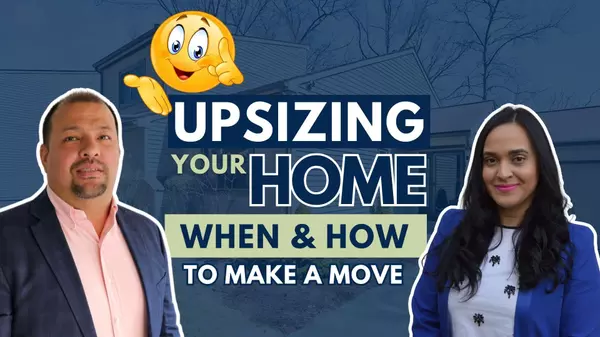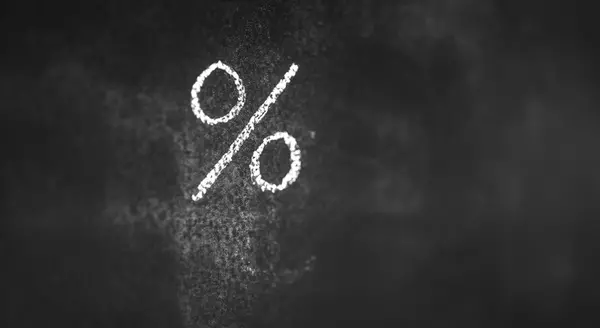
4 Mortgage Options with Low Down Payments
Too many consumers think they can't buy a home because they don't have thecash to put 20 percent down on the mortgage. In fact, it's safe to say that thedown payment is one of the biggest obstacles to home buying today. And, itdoesn't have to be. The following are four mortgage options that don't re

Are people BUYING & SELLING HOMES post-pandemic?
That's the question on a lot of people's minds lately. The answer is: YES. The housing market is alive, well, and thriving. In fact, buyers in some cities, such as Boston and Fort Worth, are facing bidding wars. Let's take a look at the current state of the national housing market. BUYING A good
Categories
Recent Posts

Upsizing Your Home: When and How to Make the Move

Renovating Your Home? Check Our FAQs! #HomeRenovation

3 Reasons Why You Should List Your Home with Us

How Interest Rates Can Benefit Sellers

Your Guide to the Latest FHA, VA, and USDA Loan Updates

Timing is Everything: When is the Best Time to Buy a House in New York?

Por qué las tasas hipotecarias podrían seguir bajando

Why Mortgage Rates Could Continue To Decline

Expert Quotes on the 2024 Housing Market Forecast

Citas de los expertos sobre el pronóstico del mercado de la vivienda para 2024
